- Home
- slideshows
- miscellaneous
- Mark Ronson walked back claims he's a 'sapiosexual.' Here's what that means - and 11 types of sexualities
Mark Ronson walked back claims he's a 'sapiosexual.' Here's what that means - and 11 types of sexualities
The historical concept of sexual identities is relatively new.

Yet, sexual identity — and finding one to identify with — can also help build community and allow individuals to understand their own desires. Much of this community building takes place online.
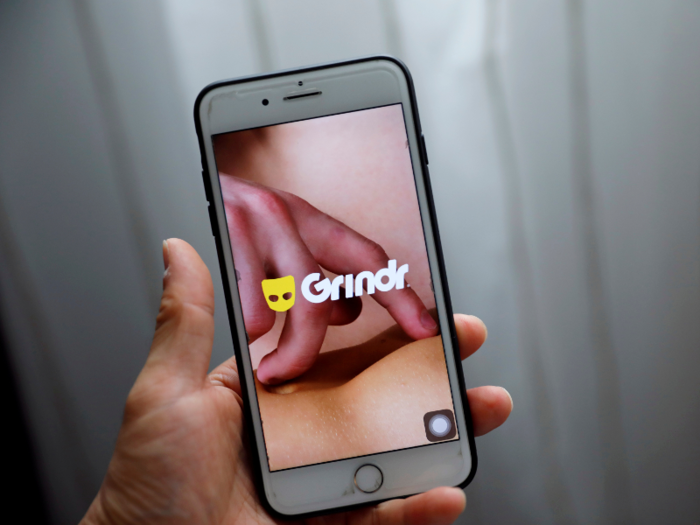
"I think social media has really transformed sexual identity, especially for sexual minorities, because often before social media, the only place you could find other LGBTQ people were ogay bars," Robinson said. "Of course, those have an age limit. Normally you have to be 21 to get in. And so I think social media has allowed much younger people to find community."
For those navigating their own sexual identity, looking to learn more, or who are simply curious, Business Insider has compiled a list of more commonly known and used terms. Some people may find multiple identities resonate with them, while others may choose not to identify with any defined terms.
Lesbian
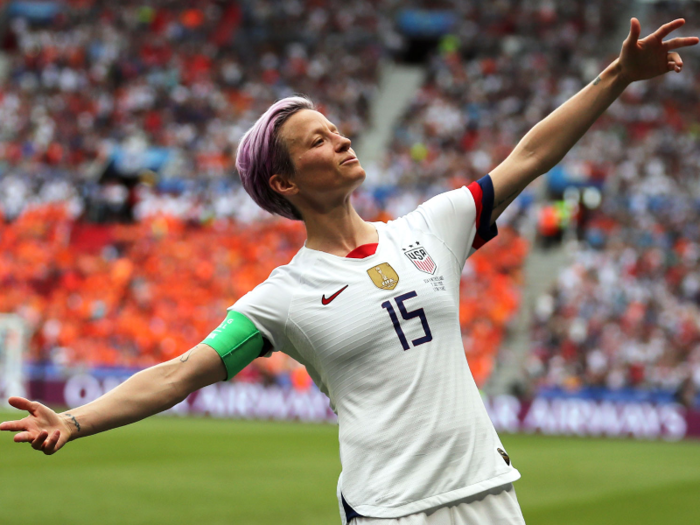
Broadly and historically speaking, "lesbian" has been defined as a woman who is attracted to other women. However, LeClaire notes that people who don't identify as female will still use the label.
"I know plenty of nonbinary people who identify as lesbian," LeClaire said.
The GLAAD Media Reference Guide defines nonbinary as a term " ... used by some people who experience their gender identity and/or gender expression as falling outside the categories of man and woman. They may define their gender as falling somewhere in between man and woman, or they may define it as wholly different from these terms."
For PinkNews, Amy Ashenden interviewed three individuals who identify as both nonbinary and lesbian.
"I think it's sort of disingenuous to claim that you can't be both nonbinary and lesbian because you can definitely have an authentic lesbian experience as a nonbinary person," one participant, H, told Ashenden.
Bisexual
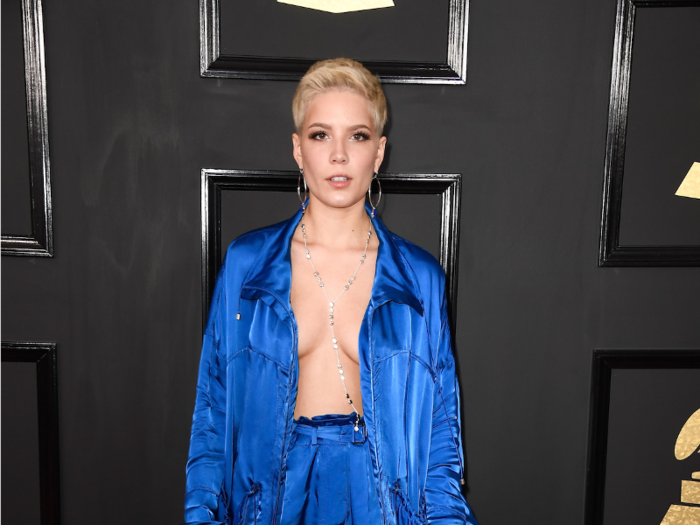
LeClaire defines bisexuality as an attraction to more than one gender.
While the prefix "bi" means two, LeClaire said that modern understanding of bisexuality encompasses attraction to more than just two genders.
LeClaire points to the Bisexual Manifesto of 1990, originally published in the now-shuttered Bay Area Bisexual Network's publication Anything That Moves, as a key document in defining the current usage of bisexual.
"Bisexuality is a whole, fluid identity ... In fact, don't assume that there are only two genders," the manifesto says. "Do not mistake our fluidity for confusion, irresponsibility, or an inability to commit. Do not equate promiscuity, infidelity, or unsafe sexual behavior with bisexuality."
Pansexual
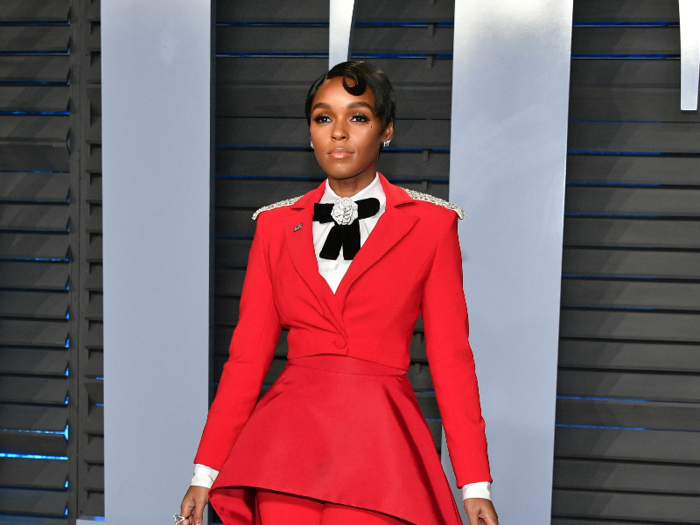
Pansexuality and bisexuality can often be used interchangeably. Merriam-Webster defines pansexuality as "of, relating to, or characterized by sexual desire or attraction that is not limited to people of a particular gender identity or sexual orientation."
Identifying as pansexual can sometimes be due to a generational difference, according to LeClaire, particularly for individuals who began to identify themselves with liking more than two genders before the more modern definition of bisexuality.
"Some people also like to differentiate pansexuality as meaning that you don't really see gender or that doesn't even play even as a slight role in your sexual attraction," LeClaire said. "I think everyone kind of defines that for themselves, really."
Gay
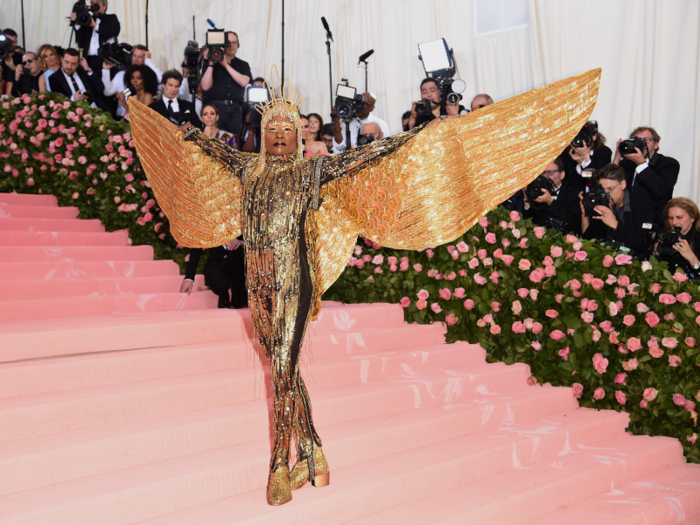
Historically, gay is used for men who are attracted to men. LeClaire notes that this term is sometimes used interchangeably with lesbian.
GLAAD's media resource glossary says that gay is "used to describe people whose enduring physical, romantic, and/or emotional attractions are to people of the same sex (e.g., gay man, gay people)."
The GLAAD guide notes that it is often preferable to call people gay rather than homosexual, which is "an outdated term."
Asexual
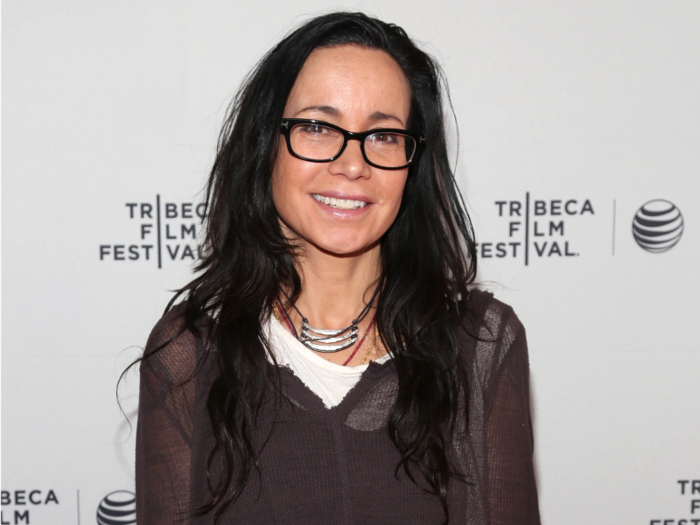
The term "asexual" broadly refers to someone who doesn't experience sexual attraction or desire for sex. But asexuality itself is, according to LeClaire, a spectrum.
Under the catchall umbrella of asexuality is graysexual, which refers to someone who falls "between the lines of sexual and asexual," according to LeClaire. Someone who is graysexual may have conditional sex, or have it depend upon the person.
Another identity within the asexual umbrella is demisexual, which also refers to conditional sexual attraction, generally to someone the individual knows very well.
"You have developed a rapport with them, you've developed maybe like a loving friendship and you tend to only feel sexual attraction under those conditions," LeClaire said.
Allosexual
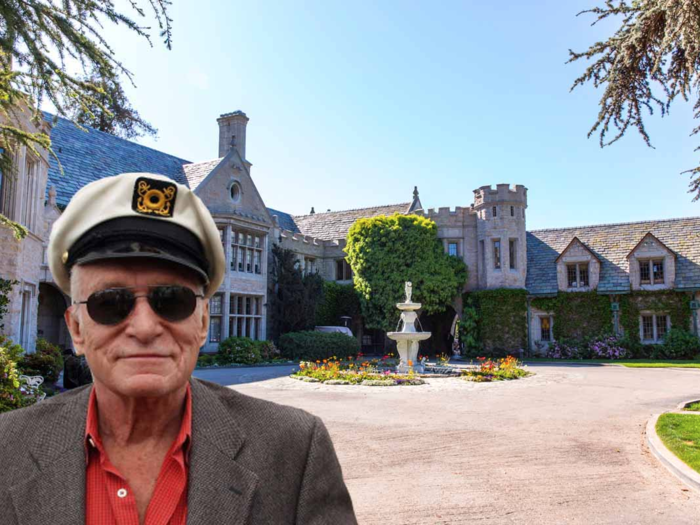
Allosexuality is the converse of asexuality; it means you have sexual attraction and desire sex, according to LeClaire.
As Claire Lampen reported in Women's Health Magazine, the usage of the term allosexual is rooted in the asexual community. It's meant to reframe an assumption of attraction.
"The term 'allosexual' helps eliminate the idea that being 'asexual' is abnormal," Lampen writes.
Heterosexual

Heterosexuality is often known as being "straight." The LGBTQIA Resource Center at UC Davis defines heterosexuality as a "sexual orientation in which a person feels physically and emotionally attracted to people of a gender other than their own."
Around 91.5% of regular characters on prime-time scripted broadcasts in the 2018-2019 season were heterosexual, according to GLAAD Media Institute's report "Where We Are on TV."
Homosexual

Homosexuality broadly refers to gay and lesbian people. However, the LGBTQIA Resource Center at UC Davis calls it an "outdated term.
"Historically, [homosexuality] was a term used to pathologize gay and lesbian people."
The GLAAD Media Reference Guide highlights "homosexual" as a term to avoid.
"Because of the clinical history of the word 'homosexual,' it is aggressively used by anti-gay extremists to suggest that gay people are somehow diseased or psychologically/emotionally disordered — notions discredited by the American Psychological Association and the American Psychiatric Association in the 1970s," the guide says.
Monosexual
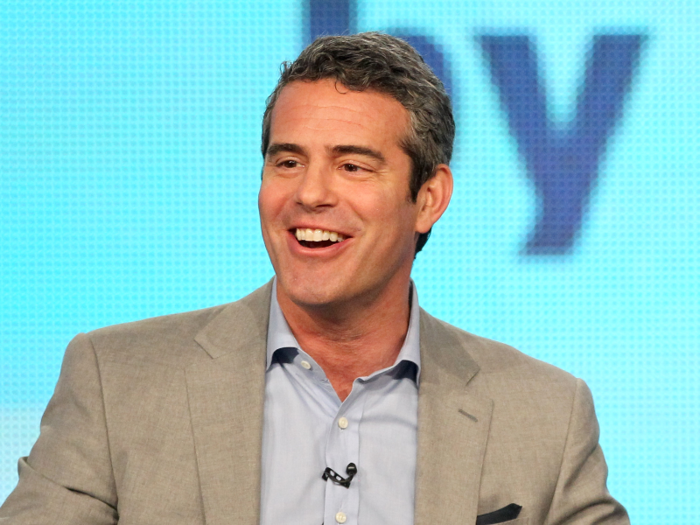
Monosexuality is attraction to one gender. Lesbian or gay can fall under this category, according to LeClaire.
People who identify as exclusively heterosexual can also be considered monosexual, as they are attracted to one gender.
Polysexual
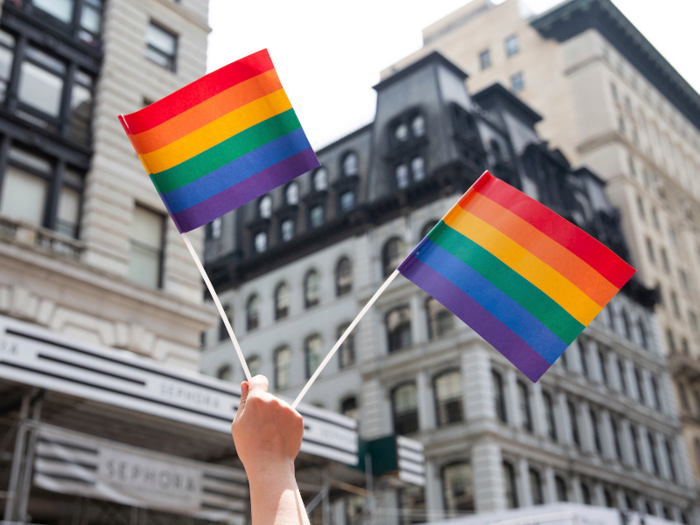
Polysexuality means to be attracted to many different types of genders, but not all genders, according to Robinson.
Actor Ezra Miller has not identified himself as polysexual, but has discussed being in what he calls a "polycule," a group of sexual partners of different genders.
"I'm trying to find queer beings who understand me as a queer being off the bat, who I make almost a familial connection with, and I feel like I'm married to them 25 lifetimes ago from the moment we meet," Miller told Ryan Gajewski in a Playboy interview.
Queer
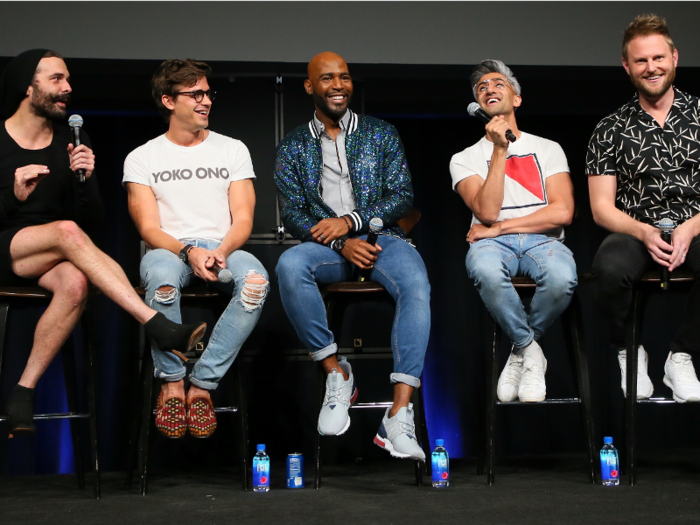
Queer is a catchall term that encompasses any identity outside of cisgender (someone who does not identify as transgender), heterosexual, or allosexual, according to LeClaire.
LeClaire said that the usage of queer, however, is very dependent on the person; not everyone will refer to themselves as queer.
The hesitation to use the term queer may be due, in part, to the age of the person using it.
"Identity categories are also very generational," Robinson said.
Historically, queer has been used as a derogatory word for those within the LGBTQIA community. WNYC's Nancy — self-described by its hosts as a queer podcast — devoted a whole episode to the linguistic evolution of the word "queer" from slur to tentative term of empowerment. In 1990, the group Queer Nation was founded by AIDS activists; the usage of the term, historian Amy Sueyoshi told WNYC, was meant as a form of reclamation.
The stylebook for NLGJA: The Association of LGBTQ Journalists, acknowledges the legacy and modern usage of the term:
"Originally a pejorative term for gay, now being reclaimed by some gay, lesbian, bisexual, transgender and non-heterosexual people as a self-affirming umbrella term. Some people may identify their sexual orientation as queer because they find the other labels inaccurate or overly restrictive. Some straight people who identify with LGBTQ culture, such as children of queer parents, call themselves 'culturally queer.' Queer is still offensive as an epithet to many."
Popular Right Now
Popular Keywords
Advertisement